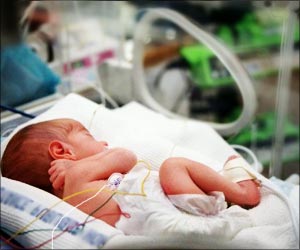mothers who are at a low-risk for infant and mortality rates may increase them if they deliver their baby by C-section rather than vaginally
Researchers at the Centers for Disease Control and Prevention say that mothers who are at a low-risk for infant and mortality rates may increase them if they deliver their baby by C-section rather than vaginally. The report is available in the latest issue of Birth: Issues in Perinatal Care. For the study researchers looked at 5.7 million live births and nearly 12,000 infant deaths in four years.
In general, neonatal (<28 days of age) deaths were rare for infants of low-risk women (about 1 death per 1,000 live births). However, neonatal mortality rates among infants delivered by cesarean section were more than twice those for vaginal deliveries, even after adjustment for socio-demographic and medical risk factors.The overall rate of babies delivered by cesarean increased by 41% between 1996 and 2004, while the rate among women with no indicated risk for cesarean delivery (term births with no indicated medical risk factors or complications of labor and delivery) nearly doubled.
"These findings should be of concern for clinicians and policy makers who are observing the rapid growth in the number of primary cesareans to mothers without a medical indication," says lead researcher Marian MacDorman. While timely cesareans in response to medical conditions have proven to be life-saving interventions for countless mothers and babies, we are currently witnessing a different phenomenon- a growing number of primary cesareans without a reported medical indication. Although the neonatal mortality rate for this group of low-risk women remains low regardless of the method of delivery, the resulting increase in the cesarean rate may inadvertently be putting a larger population of babies at risk for neonatal mortality.
In the past it was assumed that babies were delivered by cesarean because of a medical risk, thereby explaining the higher infant and neonatal mortality rates typically associated with cesarean births. In this study, only women with no identified medical risk or labor and delivery complication were included in the analysis and a substantial neonatal mortality rate differential was still found, according to MacDorman's research.
Source-Eurekalert
RAS





